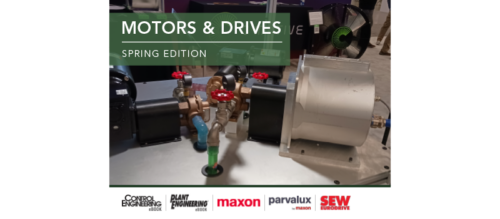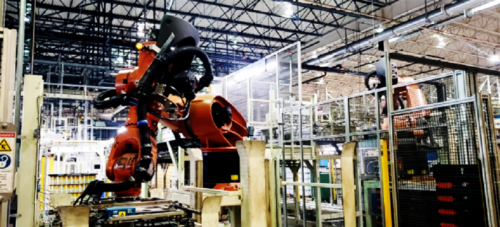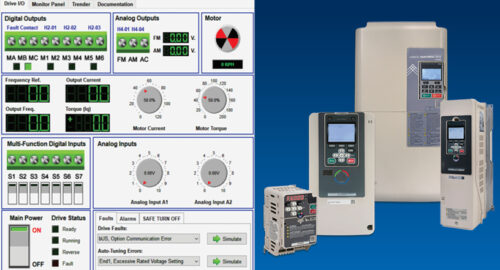Understanding pneumatics
The development of the machine and industrial manufacturing technology during the last 100 yr has run parallel with the growth of pneumatics.
The development of the machine and industrial manufacturing technology during the last 100 yr has run parallel with the growth of pneumatics. Industrial pneumatics converts the energy of compressed air into movements and forces for machine drive mechanisms by means of cylinders and motors controlled by valves.
Modern manufacturing processes are characterized by a high degree of automation, with electronics controlling the processing and handling machinery. In many applications, the driving force is provided by pneumatics. The reason for this popularity is that over 60% of all machine movements are linear, which are much simpler to accomplish with pneumatic cylinders rather than electric motors. This application is especially true in automated manufacturing processes which involve a great many clamping, holding, and transportation tasks.
This book is a complete hands-on reference that contains the basic fundamentals of the subject. It includes many descriptive illustrations and diagrams that help technicians and engineers understand pneumatics as it applies to practical applications.
Contents include a functional description of devices such as driving devices, signaling devices, controlling devices, actuators, vacuum engineering, and flow control valves. Also described are nonreturn valves, pressure regulators, air preparation, accessories, control symbols, functional diagrams, circuit diagrams, and sample calculations.
Pneumatics: Theory and Application, edited by Rolf Muller. Co-published by STS Press and Robert Bosch GmbH, Dept. 3362, 400 Commonwealth Dr., Warrendale, PA 15096-0001; 800-787-9596. 1998, softbound, 166 pp. $29.
Do you have experience and expertise with the topics mentioned in this content? You should consider contributing to our CFE Media editorial team and getting the recognition you and your company deserve. Click here to start this process.





